The Essence of Luxury: Timeless Elements of Prestigious Living Rooms
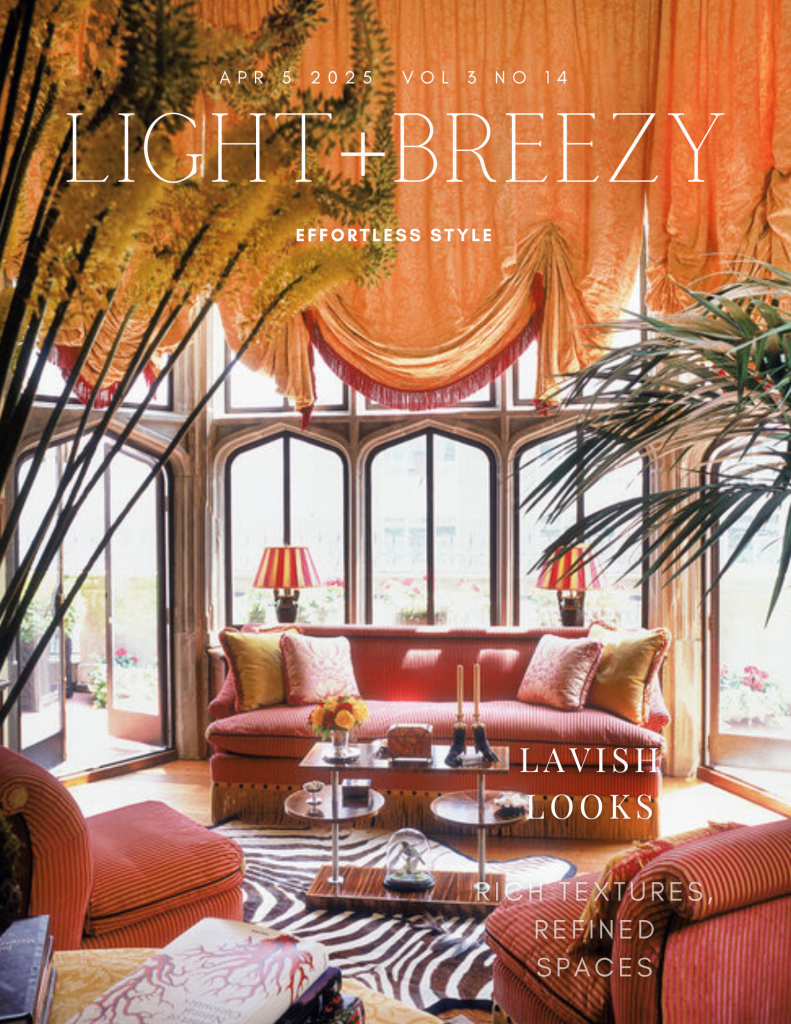
In a world where personal style reigns supreme, what truly separates an ordinary living room from one that exudes luxury? Whether your aesthetic leans toward minimalist modern, classic traditional, or eclectic bohemian, certain hallmarks consistently appear in the most prestigious living spaces around the world. These aren’t merely trends that come and go with the seasons but foundational elements that create an unmistakable sense of refinement and opulence.
Impeccable Proportions
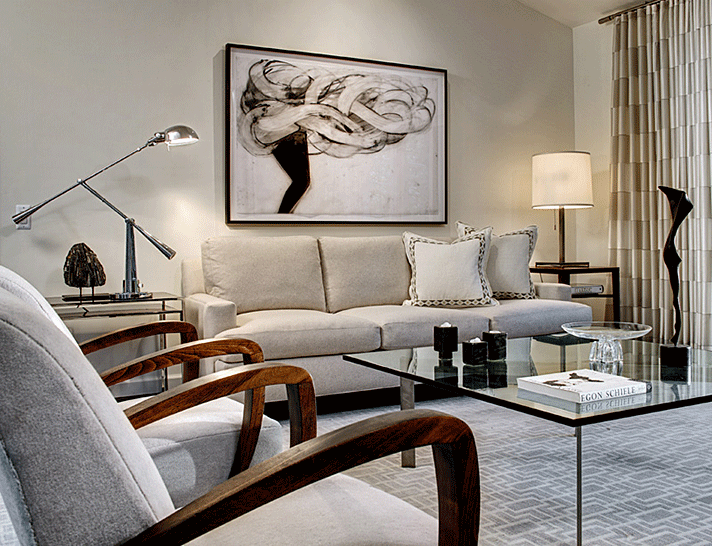
The most luxurious living rooms share one fundamental quality that often goes unnoticed yet registers subconsciously: perfect proportions. High ceilings (ideally 10 feet or higher) immediately create a sense of grandeur, but even spaces with standard heights can achieve luxury through proper scaling. Furniture pieces should be positioned with breathing room between them—overcrowding is the enemy of luxury. The classic rule of thumb suggests at least 18 inches between a coffee table and seating, and 30-36 inches for main walkways. This calculated spatial harmony creates an immediate impression of thoughtful design rather than happenstance arrangement.
Bespoke or Custom Elements

Mass production is the antithesis of luxury. Truly elevated living rooms feature at least one custom or bespoke element that cannot be purchased off the shelf. This might be a commissioned piece of art, custom millwork, built-in cabinetry designed specifically for the space, or furniture made to exact specifications. Even simple customizations—like having standard drapery hemmed precisely to your window dimensions or cushions upholstered in a fabric of your selection—elevate a room beyond the ordinary.
Material Authenticity
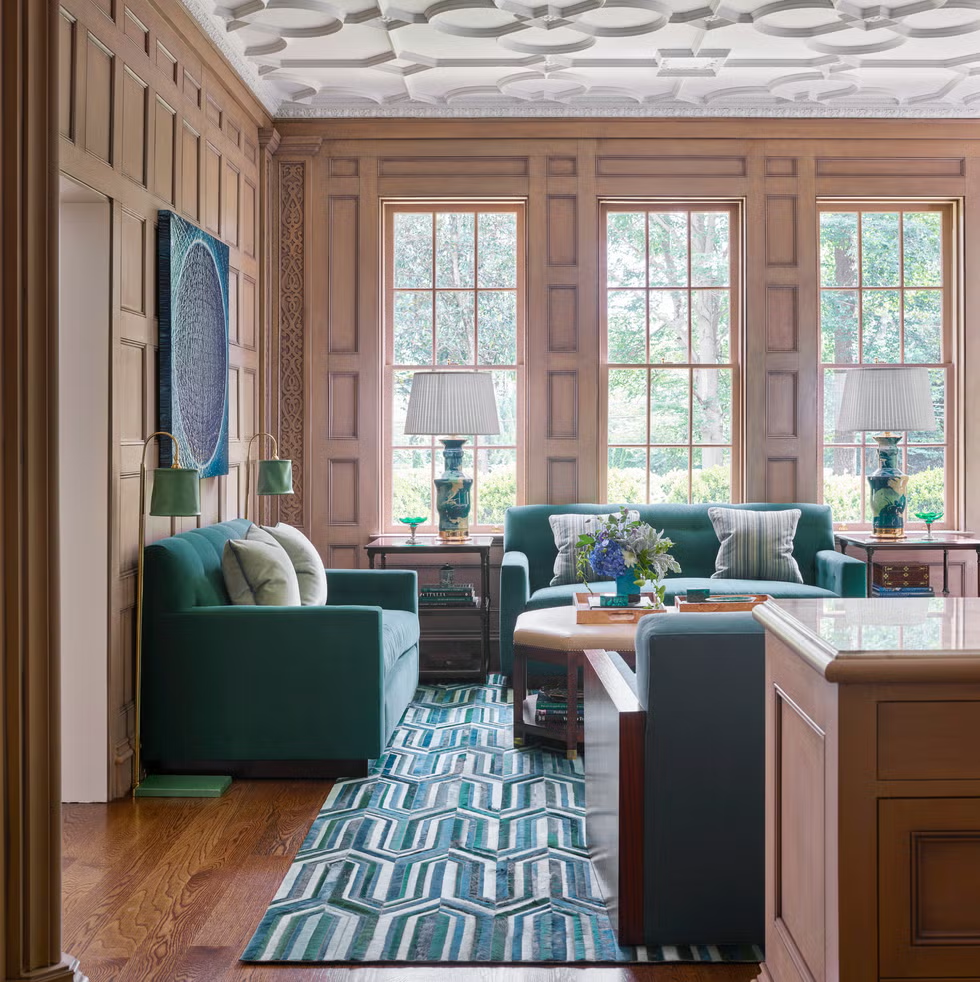
Luxury living rooms never fake materials. Genuine hardwood floors instead of laminate, real marble rather than printed porcelain, authentic leather versus vinyl—these choices speak volumes. The distinction often lies in how these materials age; fine materials develop a patina and character while imitations simply deteriorate. This commitment to authenticity extends to smaller elements too: brass hardware that will naturally patinate, solid wood furniture rather than veneered particleboard, and natural fiber textiles like silk, linen, wool, and cotton.
Layered Lighting

Ordinary rooms typically rely on a central ceiling fixture and perhaps a lamp or two. Luxury living rooms, however, employ sophisticated layering of at least three types of lighting: ambient (overall illumination), task (functional lighting for reading or other activities), and accent (highlighting architectural features or art). Additionally, the fixtures themselves serve as design elements—think statement chandeliers, sculptural floor lamps, or custom sconces. The ability to adjust lighting levels through dimmers creates adaptable atmospheres that transition from day to evening entertaining with elegance.
Thoughtful Textile Integration
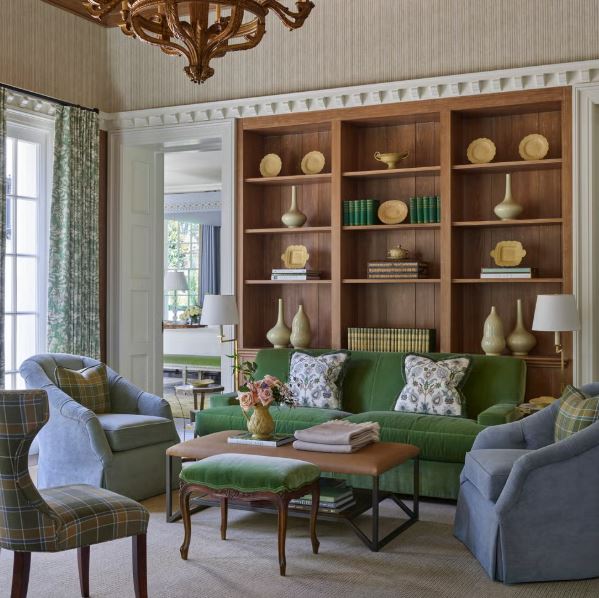
The feel of a space contributes as much to luxury as its appearance. Prestigious living rooms incorporate multiple textile layers with varying textures and weights. A hand-knotted area rug anchors the space, while upholstery fabrics offer durability with elegance. Window treatments provide both function and softness, while decorative pillows and throws add the final layer of comfort and color. These textiles should harmonize without matching exactly—perhaps sharing a color family or complementary pattern scale. The luxury difference lies in the quality: higher thread counts, natural fibers, expert craftsmanship, and precise installation.
Curated Art and Objects
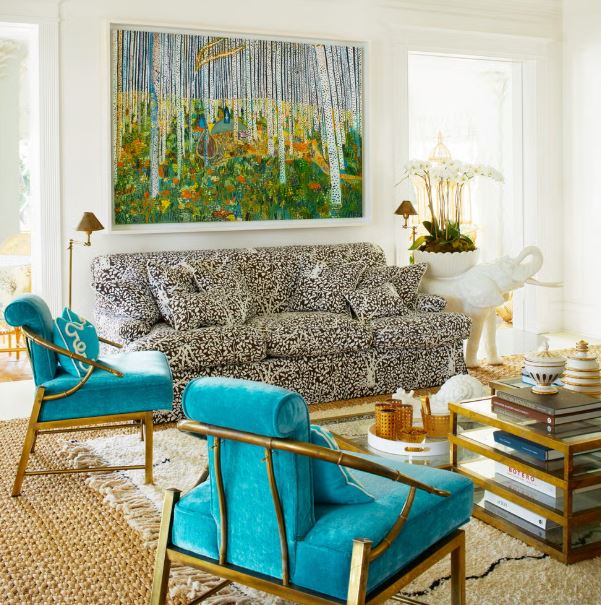
In luxury spaces, decorative objects are never an afterthought. Each piece—whether a sculpture, artwork, or decorative vessel—has been carefully selected and positioned. These items tell a story about the inhabitants, perhaps reflecting travels, heritage, or personal interests. Notably, luxury spaces avoid the “everything new” syndrome; they incorporate items with history and provenance, creating a sense that the room has evolved over time rather than being purchased all at once. Genuine antiques, heirloom pieces, or artisanal objects bring soul and character impossible to achieve with mass-market accessories.
Architectural Integrity
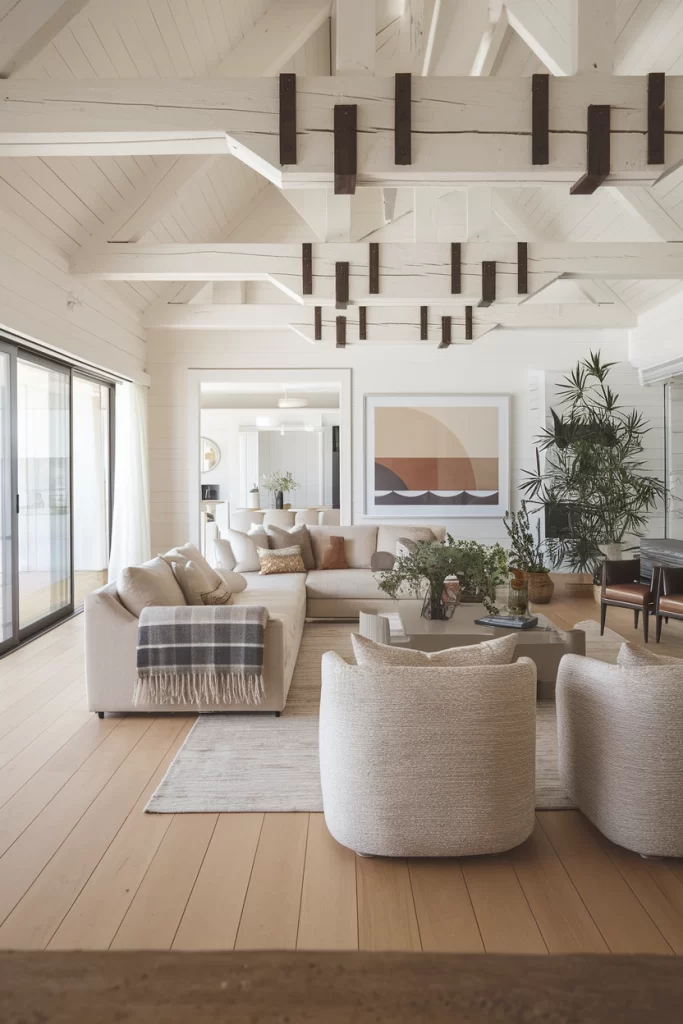
Even when renovating existing spaces, luxury living rooms honor and enhance architectural features. Crown moldings, detailed baseboards, coffered ceilings, wainscoting, or thoughtfully designed built-ins create a framework of quality craftsmanship. If such features aren’t present, adding them transforms ordinary rooms into exceptional ones. In modern designs, this might translate to clean lines and materiality rather than ornate details, but the principle remains: the architecture itself speaks of quality and intentionality.
Invisible Technology
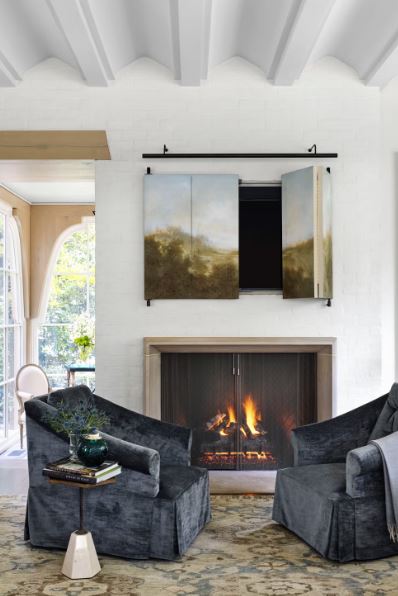
Today’s luxury embraces technology while concealing it. Media equipment disappears into custom cabinetry or behind artwork that slides away. Speakers are built into ceilings or walls, while smart home controls are discreetly integrated. Wires and cables remain completely hidden from view. The result is a room that offers all modern conveniences without the visual distraction of equipment. This invisible integration of technology represents one of the most significant differences between ordinary and truly refined spaces.
Climate and Acoustic Comfort

Luxury living rooms maintain perfect comfort year-round. This often means upgraded HVAC systems with multiple zones, radiant floor heating beneath stone or tile, and carefully positioned vents that don’t interfere with furniture placement. Similarly, acoustic considerations—often overlooked in standard construction—are addressed through double-paned windows, sound-absorbing materials, and strategic insulation. The resulting atmosphere feels calm and controlled in any season, creating a sanctuary from the outside world.
Seamless Indoor-Outdoor Connection
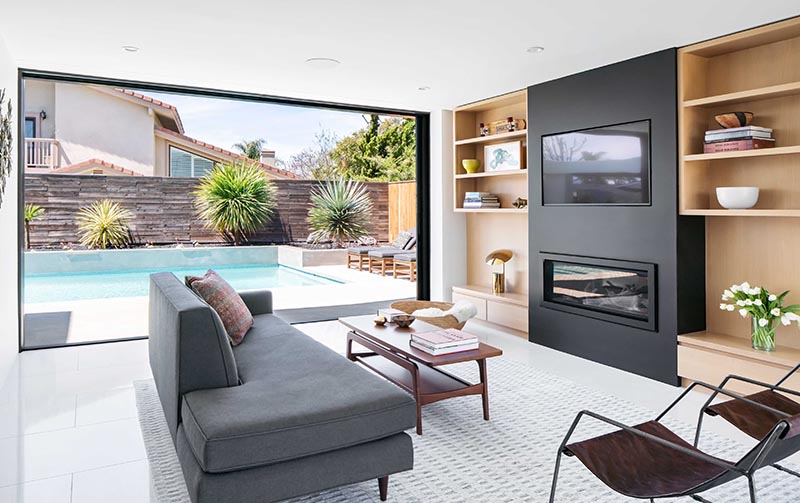
The most coveted living rooms today maintain a harmonious relationship with outdoor spaces. French doors opening to a terrace, sliding glass walls that pocket away, or strategically placed windows that frame landscape views like artwork—these connections to nature elevate any interior. The transition should feel intentional rather than abrupt, perhaps through consistent flooring materials that extend outside or architectural elements that frame views. This connection expands the perceived space of the room while providing the ultimate luxury: natural beauty.
The Signature Statement
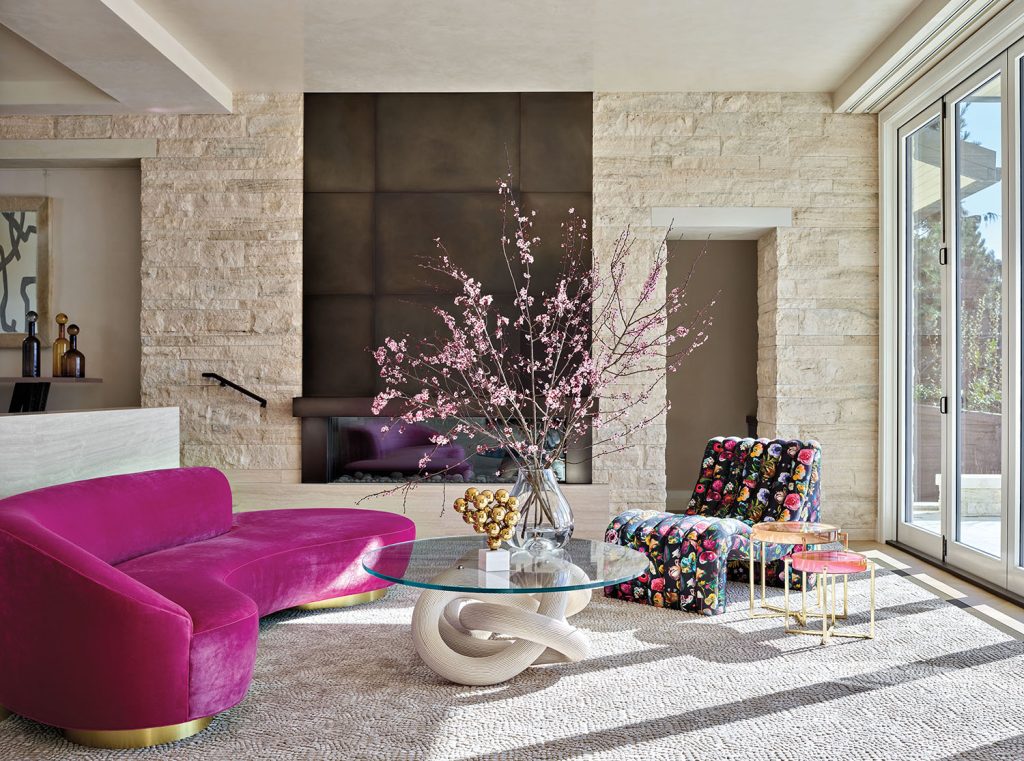
Finally, every truly luxurious living room contains something unexpected—a conversation piece that defies conventional design rules yet works brilliantly. This might be an oversized contemporary painting in an otherwise traditional room, an heirloom piece with personal significance, or a sculptural light fixture that dominates the space. This signature element prevents luxury from feeling formulaic or sterile. It demonstrates confidence and personal expression—perhaps the ultimate luxury in a world of mass-produced design.
What these hallmarks reveal is that luxury isn’t merely a matter of expense but of intention, curation, and authenticity. When these elements come together, they create living rooms that transcend trends and stand as personal sanctuaries that reflect not just aesthetic preferences but a philosophy of living well.
